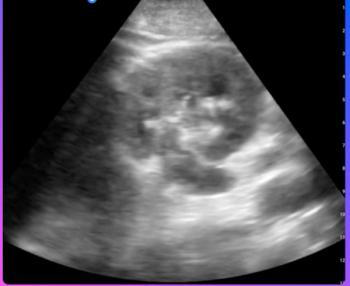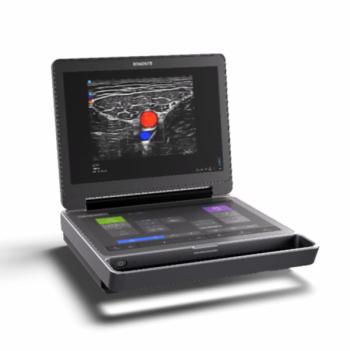
Ultrasound Screening Intervals for AAA Could Be Longer
Most men with small abdominal aortic aneurysms, 3.0 cm to 5.4 cm, could be safely monitored with ultrasound at longer intervals.
Most men with small abdominal aortic aneurysms (3.0 cm to 5.4 cm) could be safely monitored with ultrasound at longer intervals than they are currently, say researchers in a
Researchers from the University of Cambridge in the UK investigated the time intervals for ultrasound surveillance of AAAs to optimize the intervals with minimal risk of aneurysm rupture. Safe longer times between ultrasound scans may result in lower healthcare costs and increased patient convenience.
The meta-analysis of current AAA screening programs involved a systemic literature search through December 2010. The researchers analyzed the AAA diameters using a random-effects model. Rupture rates were analyzed by proportional hazards regression using the modeled AAA diameter as a time-varying covariate. Predictions of risks exceeding 5.5 cm in diameter and of rupture within given time intervals were estimated and pooled across studies by random effects met-analysis.
Data from repeated ultrasound measurements of AAA diameter among 15,471 patients showed that growth of the AAAs and their rupture rates varied widely across the 18 studies. On average, for each 0.5-cm increase in AAA diameter, growth rates increased on average by 0.59 mm per year. Rupture rates increased by a factor of 1.91.
The researchers determined that to control AAA growth risk in men of exceeding 5.5 cm to below 10 percent, on average, a 7.4-year surveillance interval is sufficient for a 3.0-cm AAA, while an 8-month interval would be needed for a larger, 5.0-cm AAA.
“To control the risk of rupture in men to below 1 percent, the corresponding estimated surveillance intervals are 8.5 years and 17 months,” wrote the authors.
The authors pointed out that these findings do not translate to women. During the study, it was noted that there were 178 ruptures among 11,262 men and 50 among 1,214 women.
Newsletter
Stay at the forefront of radiology with the Diagnostic Imaging newsletter, delivering the latest news, clinical insights, and imaging advancements for today’s radiologists.




























